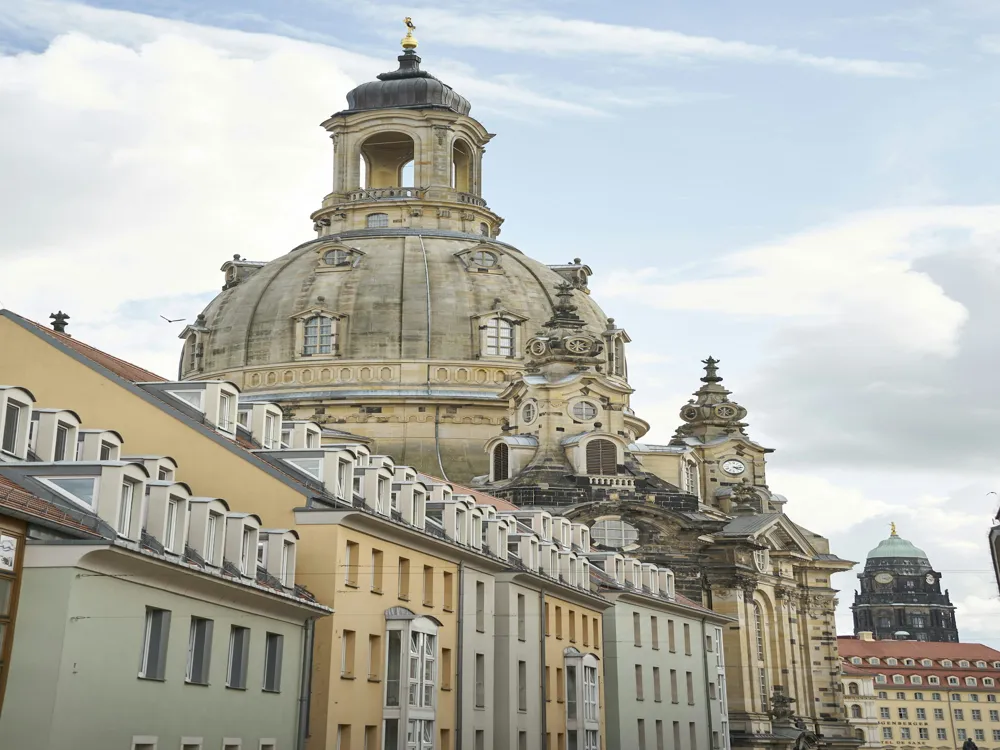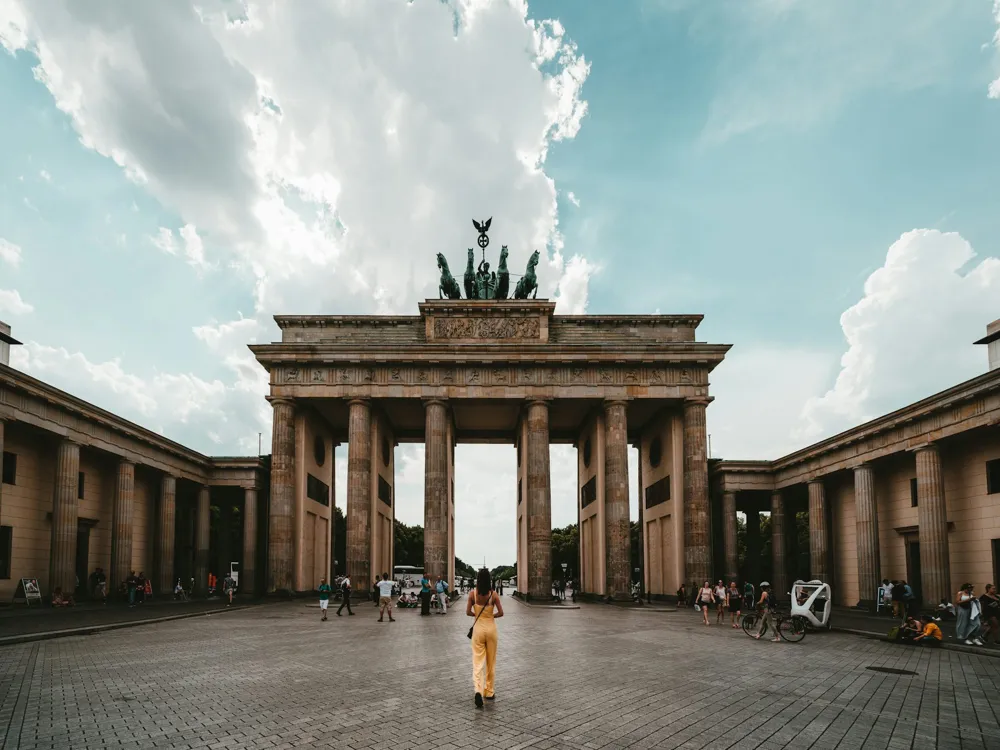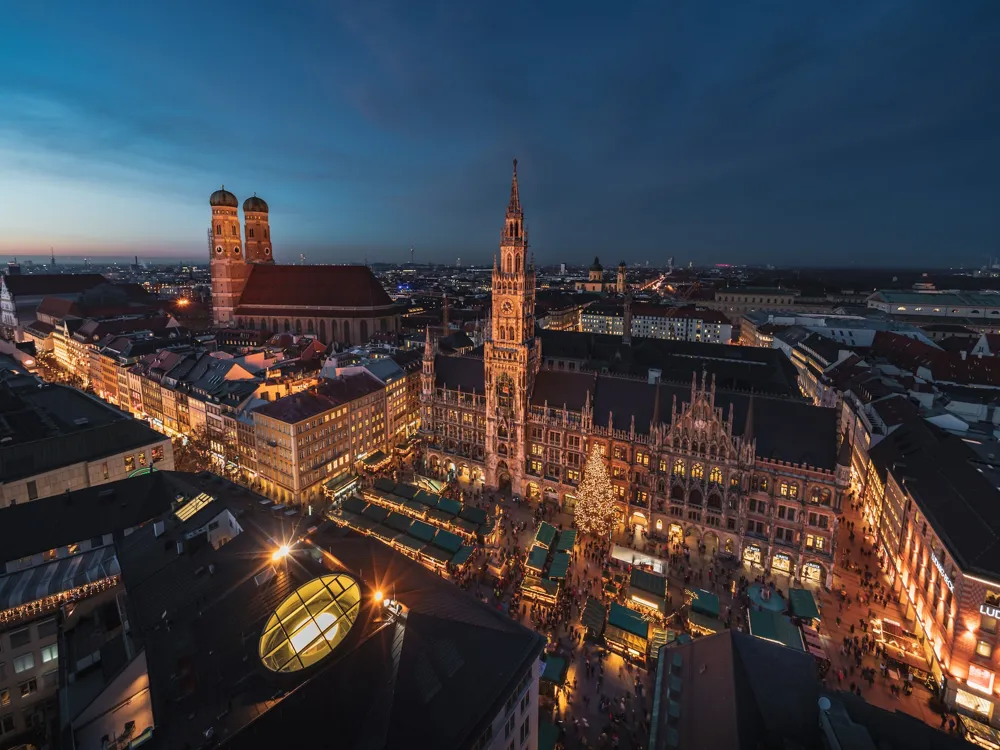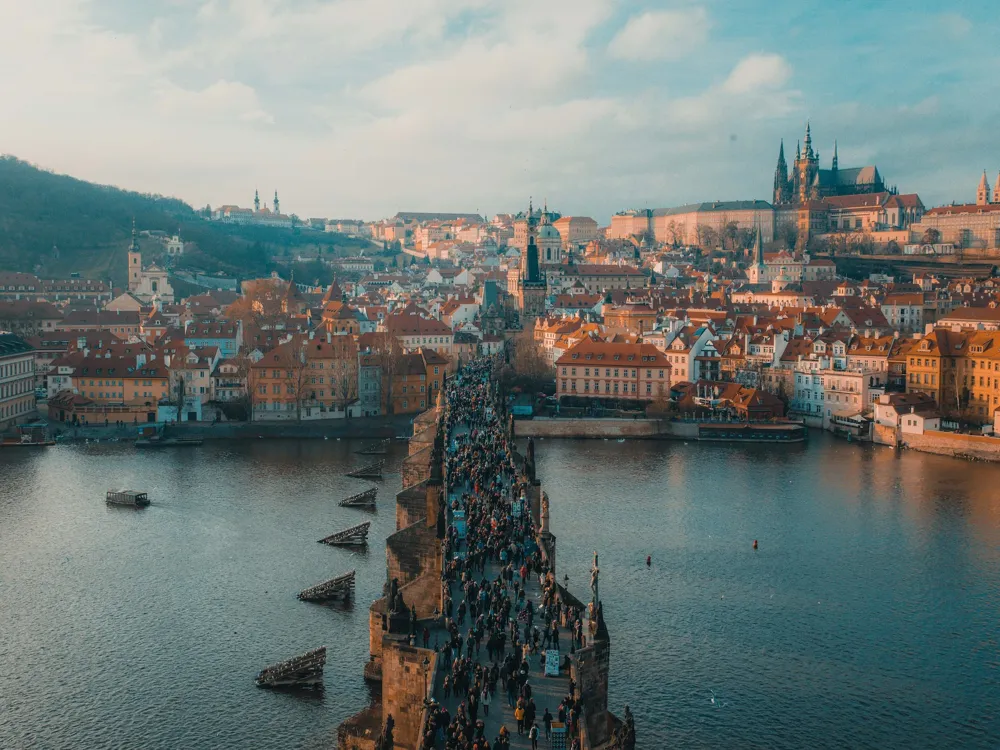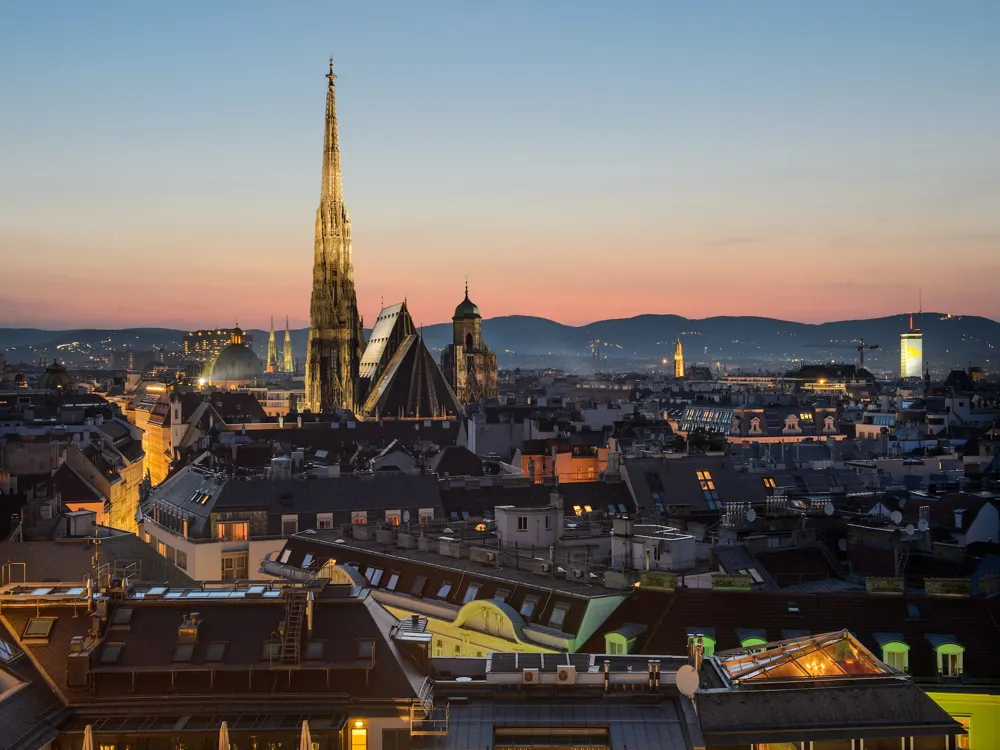The Frauenkirche in Dresden, Germany, stands as a symbol of reconciliation and peace, embodying a rich historical tapestry intertwined with architectural brilliance. Originally constructed in the 18th century, the church was destroyed during World War II, leaving only ruins as a stark reminder of the devastation of war. However, in a remarkable feat of restoration that began after the reunification of Germany, the Frauenkirche was meticulously rebuilt, reopening its doors in 2005. This reconstruction used original stones salvaged from the ruins, each placed in its original location, as part of a larger effort to authentically restore the church's Baroque design. The church's distinctive dome, affectionately called the 'Stone Bell', dominates Dresden's skyline and symbolizes the city's resilience and rebirth. The Frauenkirche's history is deeply entwined with Dresden's past. Its original architect, George Bähr, envisioned a church that would not only serve as a place of worship but also as a testament to Protestant architectural ingenuity. His daring design, featuring a large stone dome without internal supports, was a marvel of its time. The church quickly became a beloved landmark. However, its destruction in 1945 marked a somber chapter in the city's history. For nearly 50 years, its ruins served as a war memorial. The decision to rebuild the church in the 1990s was a turning point, symbolizing a commitment to healing and restoration. Today, the Frauenkirche is not just a restored building; it is a living symbol of Dresden's endurance and the reconciliatory spirit of its people. The architecture of the Frauenkirche is a masterpiece of Baroque artistry, designed by George Bähr. Its most striking feature is the grand dome, which was an architectural innovation at the time of its construction. The dome's intricate design and engineering were groundbreaking, defying the architectural norms of the 18th century. It's constructed without the support of buttresses, relying instead on a cleverly designed series of inner arches and counterweights, a testament to Bähr's genius. The church's interior is equally impressive, with a layout that emphasizes both the altar and the organ, highlighting the importance of music and sermon in Protestant worship. During the reconstruction, architects and historians faced the monumental task of staying true to Bähr's original design while incorporating modern building techniques and materials. This blend of old and new is most evident in the dome, where the original stones are visibly darker, having been scorched during the bombing. Inside, the church's ornate decoration, including the altar, pulpit, and organ, were carefully reconstructed based on historical records and photographs. The result is a harmonious blend of historical accuracy and modern restoration techniques, making the Frauenkirche an exceptional example of architectural resurrection. The best time to visit the Frauenkirche is during the early morning or late afternoon, especially during weekdays, to avoid the crowds. The church's beauty is particularly striking during the golden hours of sunrise and sunset, enhancing its architectural details and interior artistry. Visitors should adhere to a respectful dress code, avoiding overly casual or revealing attire. Silence is appreciated inside the church, particularly during services or concerts, to maintain the sanctity of the space. Guided tours are available and highly recommended for a comprehensive understanding of the church's history, architecture, and symbolism. Check the official website for tour schedules and languages offered. Photography is generally allowed inside the Frauenkirche, but it's advisable to check for any temporary restrictions, especially during special services or events. Flash photography and tripods are usually not permitted. The Frauenkirche is located in the heart of Dresden's historic center, making it easily accessible by various modes of transportation. For those using public transport, the church is a short walk from multiple tram and bus stops. The nearest tram stop is 'Pirnaischer Platz', served by several tram lines. Visitors traveling by car will find several parking options in the vicinity, though parking can be limited during peak tourist seasons. For international visitors, Dresden Airport is the nearest airport, with convenient public transportation links to the city center. Read More:Overview of Frauenkirche Dresden
Architecture of Frauenkirche
Tips When Visiting Frauenkirche
Best Time to Visit
Dress Code and Conduct
Guided Tours
Photography Restrictions
How To Reach Frauenkirche
Frauenkirche
Dresden
NaN onwards
View dresden Packages
Weather :
Tags : Church & Cathedral
Timings : 10:00 AM - 12:00 PM,
1:00 PM - 6:00 PM
Entry Fee : Audio-guide - EUR 2.50,
Cupola:
Adult - EUR 8,
Student - EUR 5
Planning a Trip? Ask Your Question
Dresden Travel Packages
View All Packages For Dresden
Top Hotel Collections for Dresden

Private Pool

Luxury Hotels

5-Star Hotels

Pet Friendly
Top Hotels Near Dresden
Other Top Ranking Places In Dresden
View All Places To Visit In dresden
View dresden Packages
Weather :
Tags : Church & Cathedral
Timings : 10:00 AM - 12:00 PM,
1:00 PM - 6:00 PM
Entry Fee : Audio-guide - EUR 2.50,
Cupola:
Adult - EUR 8,
Student - EUR 5
Planning a Trip? Ask Your Question
Dresden Travel Packages
View All Packages For Dresden
Top Hotel Collections for Dresden

Private Pool

Luxury Hotels

5-Star Hotels

Pet Friendly











